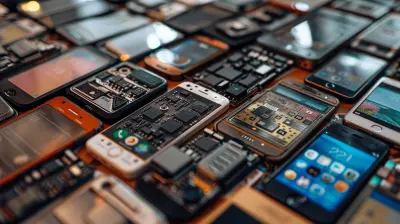What’s Next for Smartphone Cameras? The Future of Mobile Photography
27 July 2025
Smartphones have come a long, long way over the past decade, haven’t they? Remember those grainy, pixelated photos we used to snap with our old flip phones? It’s wild to think that today we have pocket-sized devices capable of producing images that rival some professional cameras. But here’s the thing—this journey is far from over. In fact, smartphone cameras are evolving faster than ever, and the future looks absolutely mind-blowing.
So, what’s next for smartphone cameras? What can we expect in the coming years? Whether you're a budding photographer, a tech enthusiast, or just someone who loves taking selfies, the future of mobile photography is something to get excited about. Let’s dive into what lies ahead!
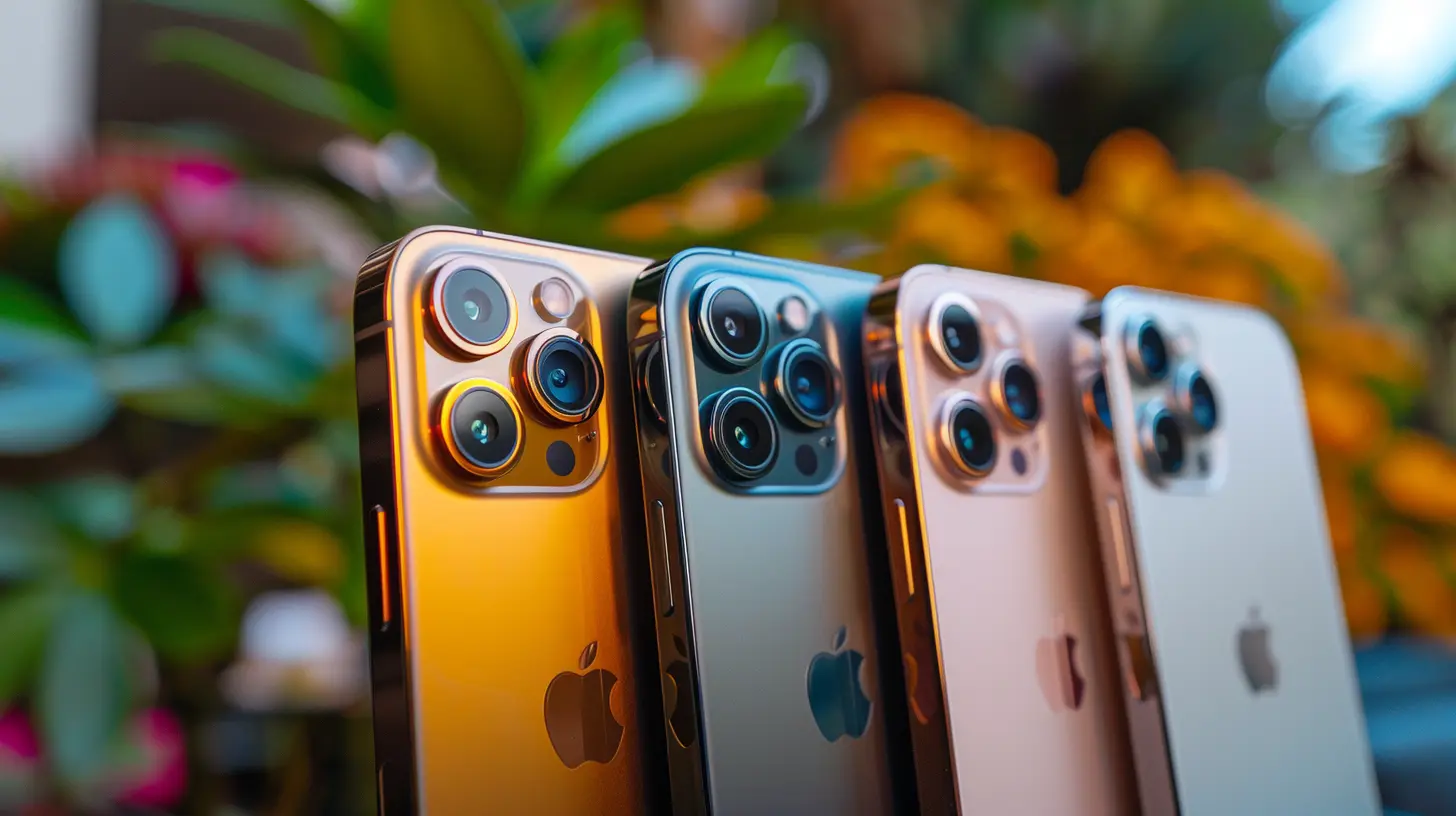
Computational Photography: The Magic Behind the Lens
If you’ve been keeping up with recent smartphone camera developments, you’ve probably heard the term "computational photography" thrown around a lot. It sounds fancy, but at its core, it’s all about using software to enhance the photos you take. And trust me, this is a big deal.Think of computational photography as the brain behind your phone’s camera. It’s not just about the hardware anymore—the sensors, lenses, and whatnot. The real magic happens when software algorithms step in. These algorithms can adjust lighting, enhance colors, reduce noise, and even add stunning effects like bokeh (you know, that cool blurry background effect).
Now, here’s where things get exciting: the future of computational photography is going to push the boundaries even further. Soon, we’ll see more advanced AI systems that can process images in real-time, detect objects and scenes more accurately, and even predict the best settings for a particular shot. Basically, your smartphone will become your personal photography assistant, making every shot look like it was taken by a pro.
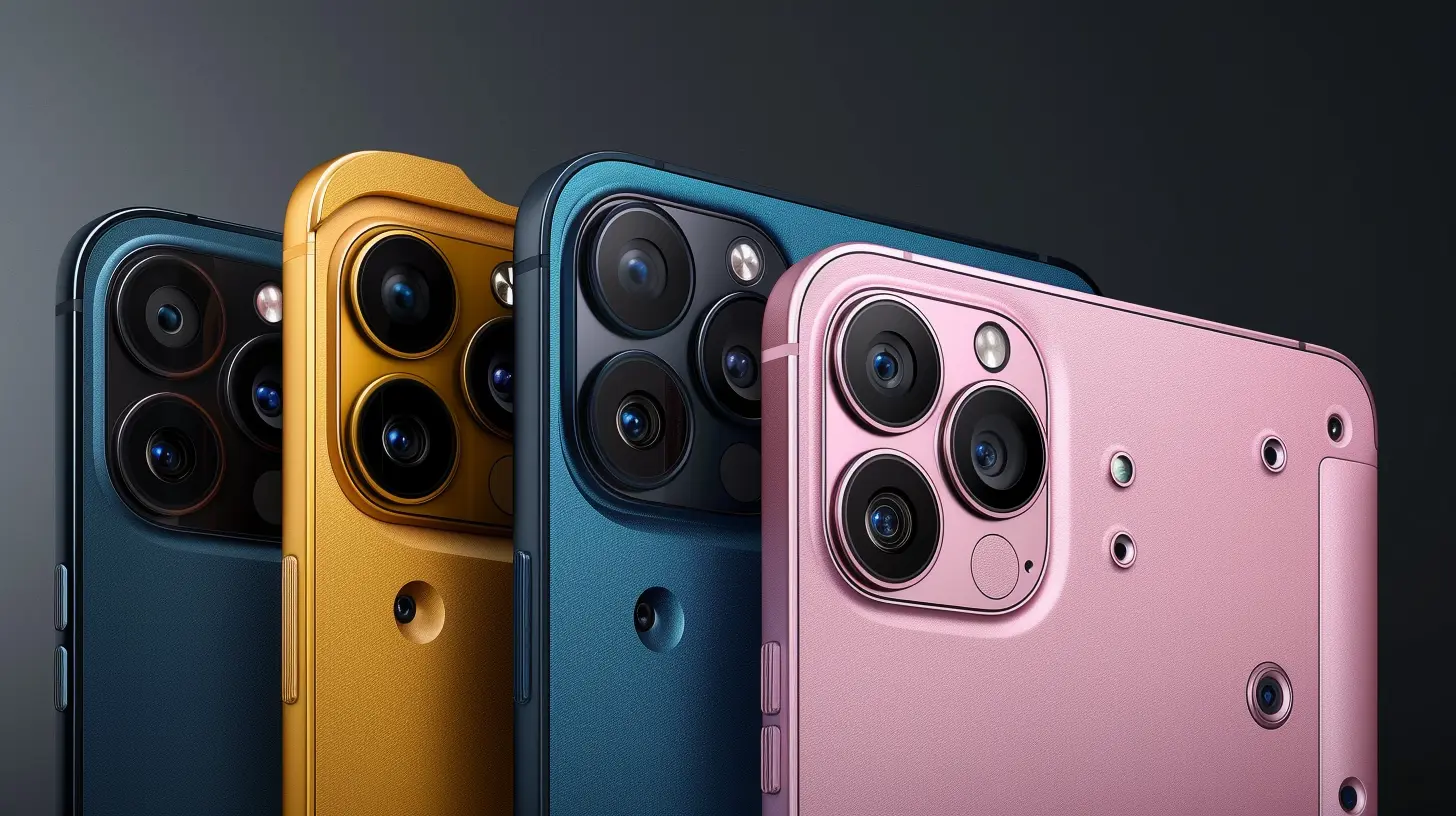
AI and Machine Learning: Changing the Game
We’ve already started seeing artificial intelligence (AI) and machine learning play a crucial role in smartphone cameras, but this is just the tip of the iceberg. AI is already helping phones with things like facial recognition, scene detection, and smart HDR. But the future? Oh, it’s going to be next level.Imagine a camera that can instantly recognize what you’re photographing—whether it’s a sunset, a bustling street, or a plate of Instagram-worthy food—and automatically adjust settings to capture the perfect shot every time. AI will continue to get better at recognizing patterns and improving image quality on the fly. It might even be able to remove unwanted objects from your photos or make live adjustments to lighting conditions while you're framing your shot.
And machine learning? Well, it’s constantly learning from the billions of images being taken every day. In the near future, your phone will be able to learn your photography style—yes, your personal preferences—and automatically tailor every photo to match that style.
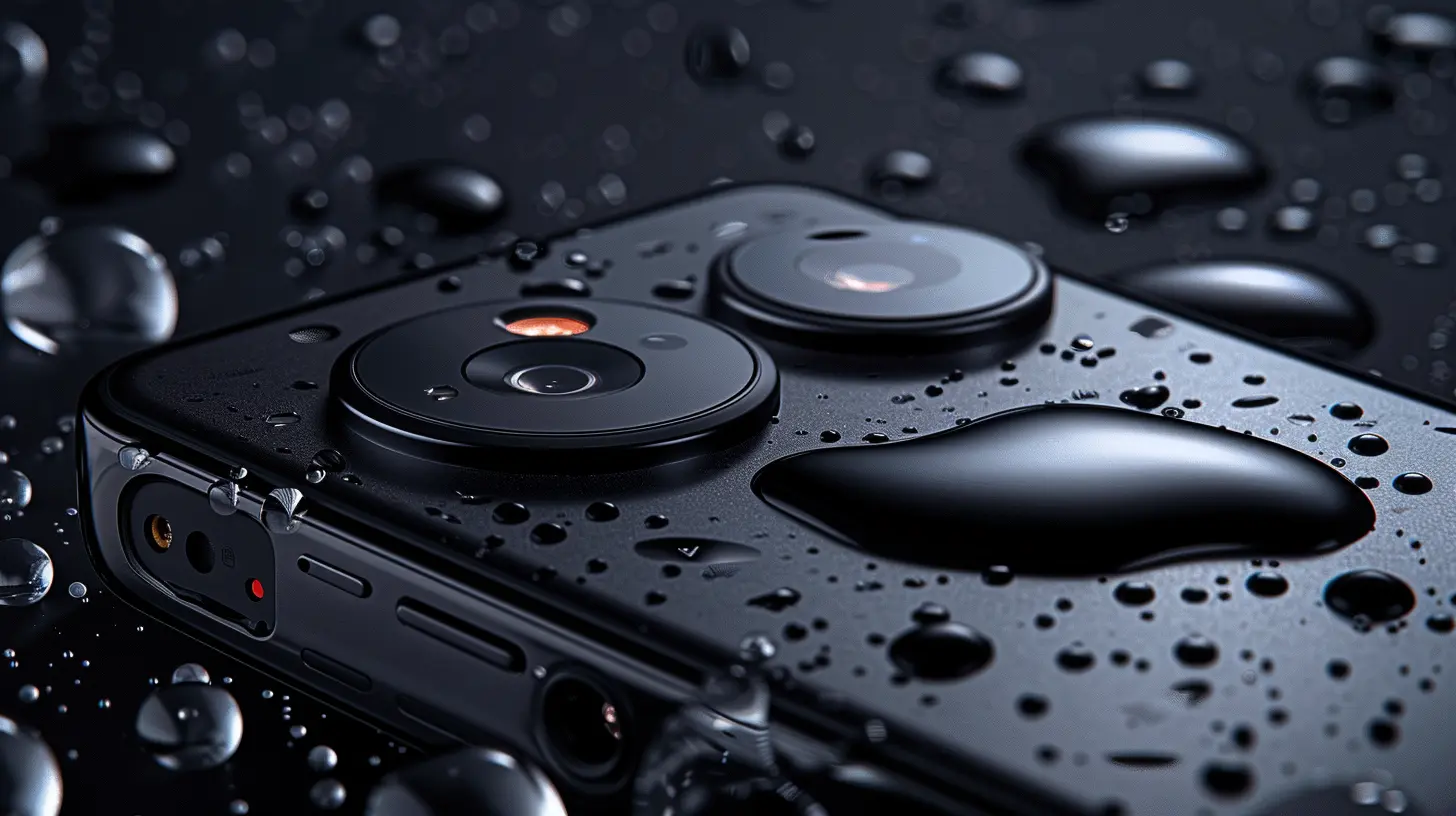
Multi-Lens Systems: More Than Just Megapixels
Remember when smartphones only had a single rear camera? Those days are long gone. Now, we’re living in the age of multi-lens systems—phones with wide-angle lenses, telephoto lenses, macro lenses, and more. And guess what? This trend isn’t slowing down anytime soon.In the future, we’re likely to see even more sophisticated multi-lens setups. Imagine having a dedicated lens for every type of shot you want to take. Want a super-wide landscape? No problem. Need to zoom in on a distant subject? You’ve got a lens for that. Want to capture the smallest details of a flower? There’s a macro lens for that too.
But it’s not just about adding more lenses. Future smartphones will get better at seamlessly combining the data from these lenses to create a single, flawless image. The key here is synergy—each lens will do its part, and the result will be images with incredible detail, depth, and clarity, even in challenging lighting conditions.
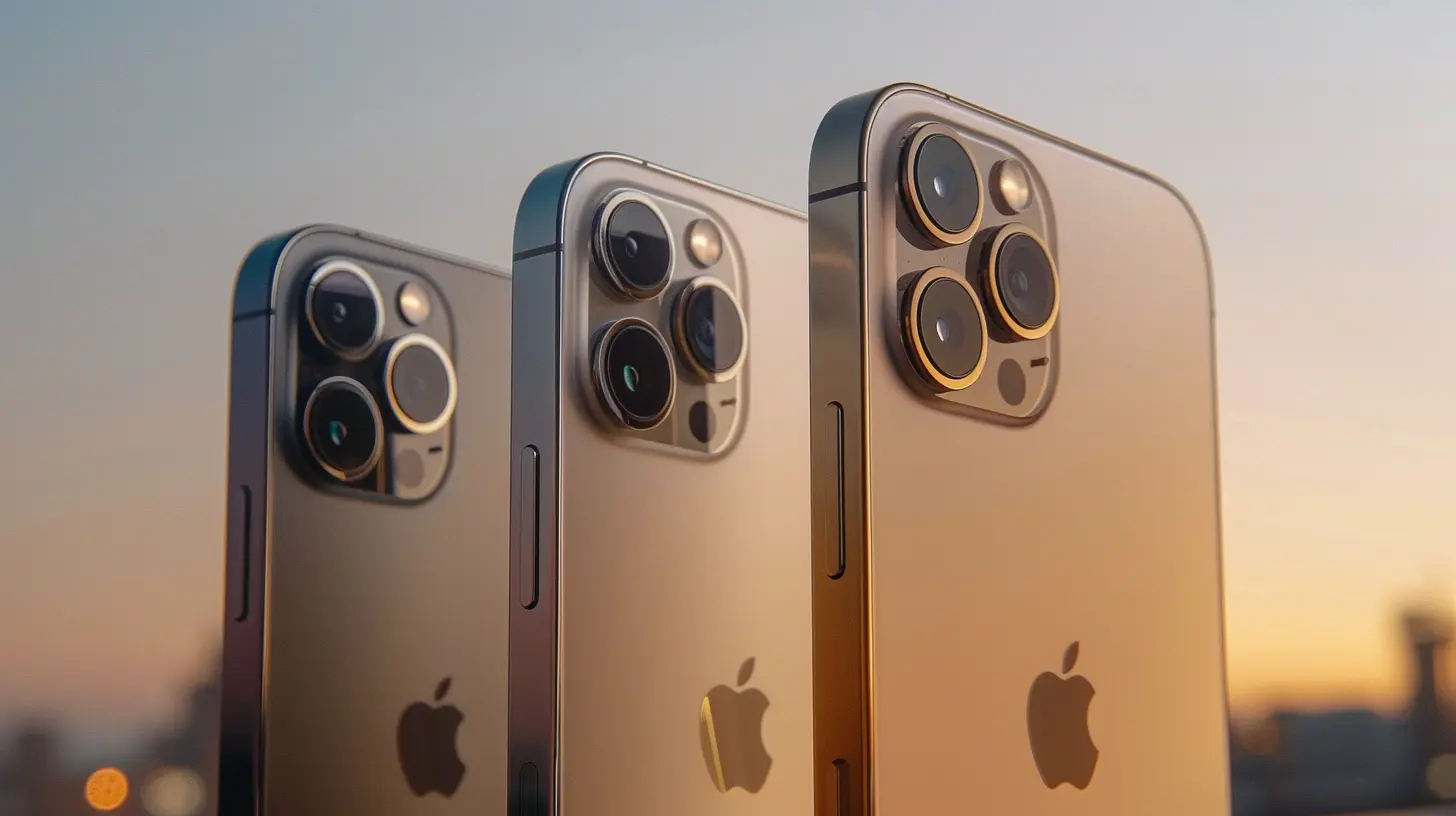
8K Video and Beyond: The Rise of Ultra-High Definition
4K video recording is becoming a standard feature in most high-end smartphones, but what about 8K? Yes, you heard that right—8K video is already making its way into the mobile world. But why stop there?In the coming years, we’ll likely see even higher resolutions, like 10K or 12K video recording. While these might sound like overkill right now, they’ll become more and more important as screens and displays continue to improve. Plus, higher-resolution videos offer more flexibility in post-production. You can crop, zoom, or stabilize footage without losing any quality.
But it’s not just about resolution. Future smartphones will also improve in areas like frame rates, color accuracy, and dynamic range. We’re talking about cinematic-quality video, right from your pocket. Hollywood, watch out!
Foldable Cameras: A New Kind of Flexibility
Okay, foldable phones are cool, but what about foldable cameras? Sounds futuristic, right? Well, it might not be as far off as you think.Some tech companies are already working on flexible camera modules that can adapt to different shapes and sizes. Imagine a camera that changes its form depending on how you’re using your phone. Need a wider angle for a group shot? The lens can expand. Want to take a close-up portrait? The camera can adjust itself accordingly.
Foldable cameras could also lead to entirely new smartphone designs. We might see phones with pop-up, rotating, or even detachable cameras that offer more versatility and creativity when taking photos or videos. This could be a game-changer for mobile photography, giving users more control and flexibility than ever before.
Low-Light Mastery: Night Mode and Beyond
One of the biggest pain points for smartphone photographers has always been low-light photography. Sure, we’ve seen improvements with features like night mode, but there’s still room for growth.In the future, smartphones will continue to improve their ability to capture stunning photos in low-light conditions. We’re talking about cameras that can take clear, bright, and detailed photos even in near darkness—without the need for a flash. This will be thanks to larger sensors, better image stabilization, and even more advanced computational photography techniques.
And let’s not forget about night video. Right now, shooting video in low light can be tricky, but future smartphones will be able to handle it with ease. Get ready for some stunning nighttime vlogs and videos!
AR and VR Integration: A New Dimension of Photography
Augmented Reality (AR) and Virtual Reality (VR) are already making their way into our smartphones, but what happens when they start playing a bigger role in photography? The results could be mind-blowing.In the future, we might see cameras that can capture 3D images or videos, allowing us to create immersive experiences. Imagine being able to “walk” through a photo or view it from different angles using AR glasses or a VR headset. This could completely change how we capture and share memories, making them more interactive and lifelike.
AR could also help with things like framing your shot, suggesting the best angles, or even overlaying virtual elements onto your photos. Want to add a virtual rainbow to your beach photo? Done. Need help aligning objects in your shot? AR’s got your back.
Periscopic Zoom: Getting Closer Without Losing Quality
Zooming in on a subject is one area where smartphones have traditionally struggled. Sure, digital zoom can get you closer, but it often results in grainy, pixelated images. This is where periscopic zoom comes in.Periscopic zoom uses a clever arrangement of mirrors and lenses to offer optical zoom without the need for bulky lenses. We’re already seeing some smartphones with impressive zoom capabilities, but the future holds even more promise. Soon, we’ll be able to zoom in on distant subjects without sacrificing image quality. Whether you’re snapping a photo of a far-off mountain or zooming in on a tiny detail from across the room, periscopic zoom will make it possible.
The Rise of Professional-Grade Features
Here’s the thing—smartphone cameras are getting so good that they’re starting to blur the lines between consumer devices and professional-grade equipment. In the not-too-distant future, we might see smartphones with features that rival those of DSLR cameras.Think manual controls for aperture, shutter speed, and ISO that are as advanced as what you’d find on a professional camera. Or advanced RAW photo editing capabilities right on your phone. We’re already seeing some of this with apps like Adobe Lightroom for mobile, but it’s only going to get better.
Plus, sensors will continue to improve, giving us even more detail, clarity, and dynamic range in our photos. For serious photographers, the idea of carrying around a bulky camera might soon become a thing of the past. The future of mobile photography is all about convenience without compromise.
What Does This Mean for You?
So, what does this all mean for you and your Instagram feed? Well, it means that taking stunning photos is only going to get easier. Whether you’re a casual shooter or someone who dreams of becoming the next Ansel Adams, the future of smartphone cameras is going to open up new creative possibilities.The lines between professional and amateur photography will blur even more, and who knows? You might find yourself snapping gallery-worthy photos with just your smartphone. The best part? You won’t need to understand the technical stuff—the AI, the computational photography, the multi-lens systems—they’ll all work behind the scenes to make sure you look like a pro.
Exciting, right?
Conclusion
The future of smartphone cameras is bright—blindingly bright, in fact. From AI-powered computational photography to foldable cameras, the innovations coming down the pipeline will push the boundaries of what we thought was possible. Whether you’re capturing a beautiful sunset, a candid moment with friends, or a high-definition video of your next adventure, you’ll have the tools to make it look amazing.In short, the future of mobile photography is all about giving you more creative freedom and making it easier to capture life’s moments in the best possible light—literally and figuratively.
all images in this post were generated using AI tools
Category:
Mobile DevicesAuthor:

Kira Sanders
Discussion
rate this article
2 comments
Xylo Pruitt
Exciting times ahead for smartphone photography! Can’t wait to see how these innovations will capture our memories even more beautifully. Stay tuned!
November 11, 2025 at 11:28 AM

Kira Sanders
Thanks for your excitement! We're looking forward to the innovations that will elevate mobile photography even further. Stay tuned!
Tala Vance
Fascinating read! I'm curious about how AI advancements will shape smartphone cameras in the near future. Will we see even better low-light performance or enhanced computational photography features? Excited to see what’s on the horizon!
July 28, 2025 at 12:48 PM

Kira Sanders
Thank you! AI advancements are indeed set to enhance low-light performance and computational photography, leading to more vivid and detailed images. Exciting times ahead!


